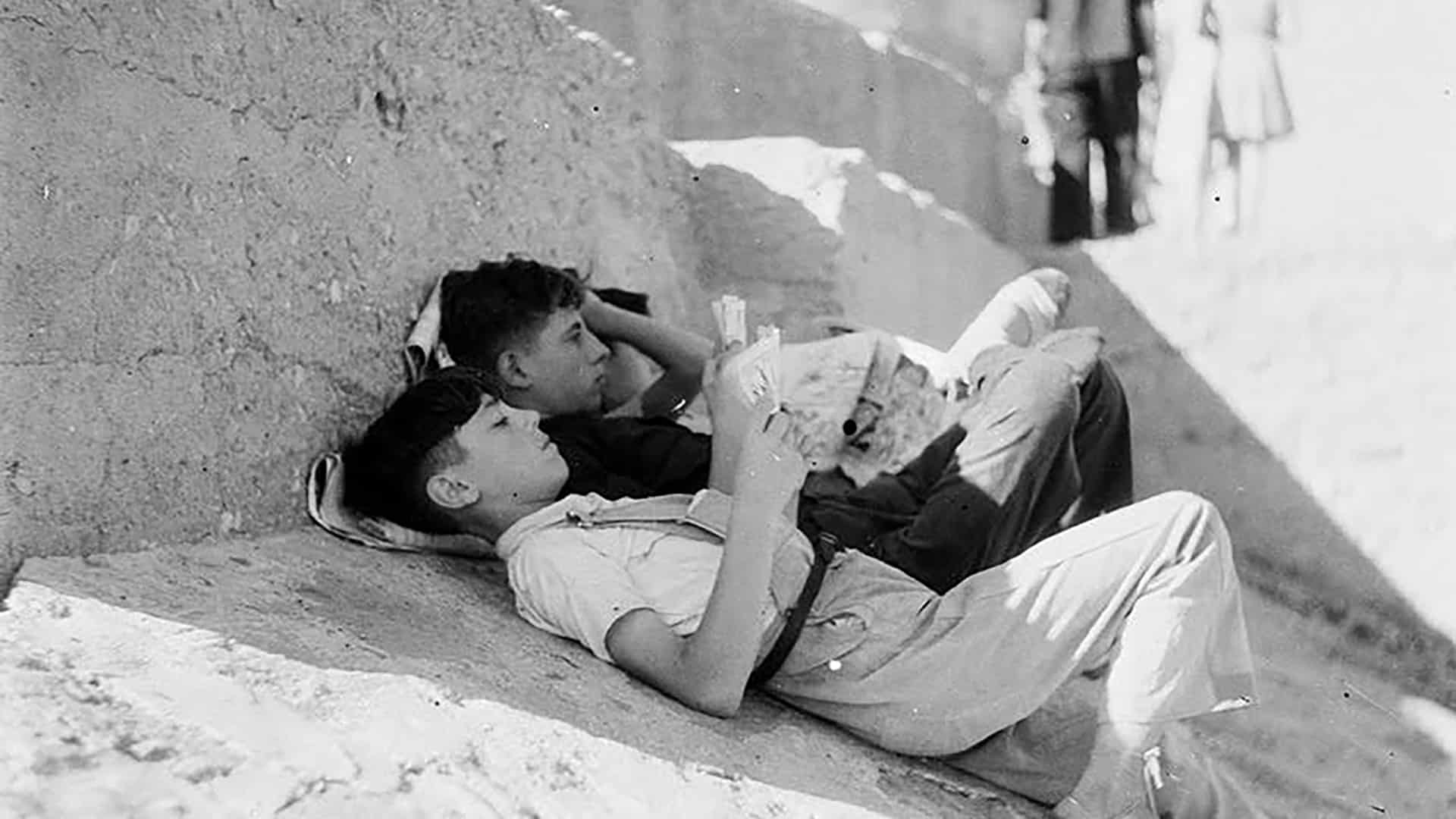Life in the heart of a Barcelona gypsy community in the 1950s, as if you were there, shown through the sensitive lens of Jacques Léonard, a Frenchman who spent time living in their midst.

You’re getting blind.
Don’t miss the best of visual arts. Subscribe for $9 per month or $108 $90 per year.
Already suscribed ?



